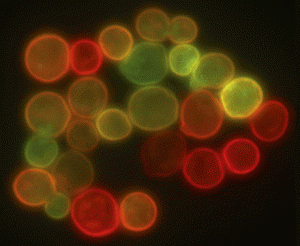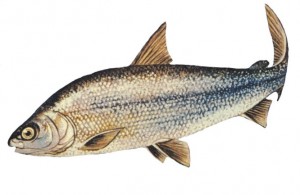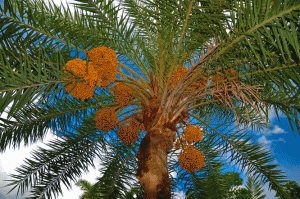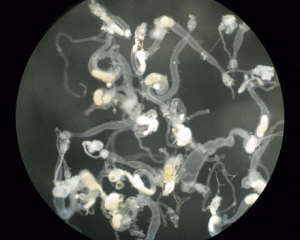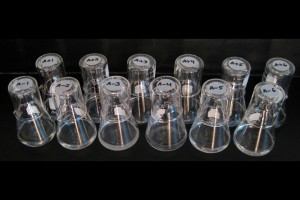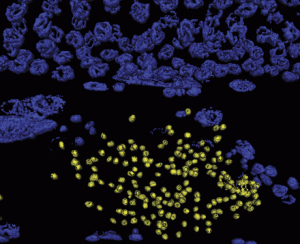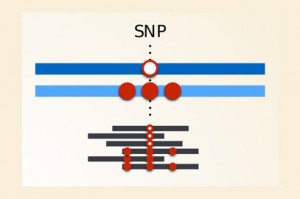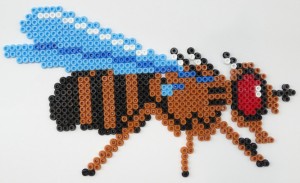Enter your address to receive notifications about new posts to your email.
Articles tagged G3 Journal
(248 results)
-
Members of GSA community elected to ASHG Board
Two members of the GSA community have been elected to the Board of Directors of GSA’s sister society, the American Society of Human Genetics (ASHG): Nicholas Katsanis, PhD Jean and George R. Brumley Professor of Cell Biology and Pediatrics Director, Center for Human Disease Modeling Duke University School of Medicine Associate Editor, G3: Genes|Genomes|Genetics Sarah…
-
Speeding up PCD diagnosis with whole-exome sequencing
Primary ciliary dyskinesia (PCD) is a disorder characterized by chronic respiratory distress that has a history of going undiagnosed. Combined whole-exome sequencing (WES) and copy-number variant (CNV) analysis can aid in diagnosing patients with PCD, according to research published in G3 this month. PCD arises from mutations in cilia-associated genes—and results from the paralysis of…
-
New in G3: CRISPR, C. elegans, & a ciliopathy
Check out the August issue of G3! Perspectives Exome Sequencing: Current and Future Perspectives Amanda Warr, Christelle Robert, David Hume, Alan Archibald, Nader Deeb, and Mick Watson G3 August 2015 5:1543-1550; Early Online July 2, 2015, doi:10.1534/g3.115.018564 Full Text | Full Text (PDF) Investigations Identification of Wnt Pathway Target Genes Regulating the Division and Differentiation of…
-
Multiple Paths to the Same Result: Parallel Evolution in Lake Whitefish
For Lake Whitefish, history has repeated itself. Across the St. John River region that spans Québec and Maine, these freshwater fish have continually evolved in the same way. Within the many individual lakes in this area, Lake Whitefish have diverged into two groups differentiated by size and body shape. These two groups, known as “dwarf”…
-
A “date” with the history of Phoenix dactylifera cultivation
The sticky fruit of the date palm has a tangled history. New research in G3 explores the palm’s genetic diversity and traces its earliest cultivation to at least two distinct regions in North Africa and the Arabian Gulf. The date palm (Phoenix dactylifera) is one of the world’s oldest cultivated trees and has close ties…
-
New in G3: peanuts, peas, & dates
Check out the July issue of G3! INVESTIGATIONS Multiple Conserved Heteroplasmic Sites in tRNA Genes in the Mitochondrial Genomes of Terrestrial Isopods (Oniscidea) Christopher H. Chandler, Myriam Badawi, Bouziane Moumen, Pierre Grève, and Richard Cordaux G3 July 2015 5:1317-1322; Early Online April 24, 2015, doi:10.1534/g3.115.018283 Abstract | Full Text | Full Text (PDF) | Supporting…
-
G3 Meeting Report: Experimental Approaches to Evolution and Ecology Using Yeast and Other Model Systems
Directly observing evolution in nature is often impossible. But biologists who use experimental systems to study these processes have the luxury of observing the fine details directly, controlling the conditions, and even replicating the results. In the age of genomics, experimental approaches to ecology and evolution have become particularly powerful for genetic model systems, including…
-
New in G3: Mosquitoes, cotton, & CYCLoPs
Check out the June issue of G3! MEETING REPORT Meeting Report on Experimental Approaches to Evolution and Ecology Using Yeast and Other Model Systems Audrey P. Gasch and Gaël Yvert G3 June 2015 5:1021-1023; Early Online April 22, 2015, doi:10.1534/g3.115.018614 Full Text | Full Text (PDF) INVESTIGATIONS Analysis of RNA Interference Lines Identifies New Functions…
-
Cover contest: Immune Repertoires
In 2014, the GSA journals launched a contest inviting image submissions related to genetics and genomics. The winning entry was created by Jian Han, of the HudsonAlpha Institute for Biotechnology, and appears on the cover of the May 2015 issue of G3. We talked with Dr. Han about the striking image: What does the image…
-
The trouble with HLA diversity
The most diverse of all human genes encode a set of proteins at the frontline of our immune system. Many different Human Leukocyte Antigen (HLA) proteins are encoded by genes clumped together in one portion of the human genome known as the major histocompatibility complex region. HLA proteins sit on the surface of cells and…
-
Maintaining a strong Drosophila community — starting with students
Today’s guest post was contributed by Andreas Prokop, of the University of Manchester. Along with research on the cell biology of neurons during development and ageing, he is engaged in many science communication and outreach projects. Follow him on Twitter: @Poppi62 More than a century of intense research with the fruit fly Drosophila has arguably turned…

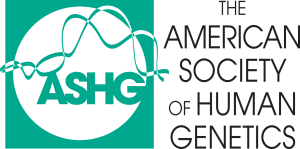
![By Louisa Howard, Michael Binder [Public domain], via Wikimedia Commons" width="666" height="532" />](https://s36063.pcdn.co/wp-content/uploads/2015/09/Bronchiolar_area_cilia_cross-sections_1-300x240-300x240.jpg)
